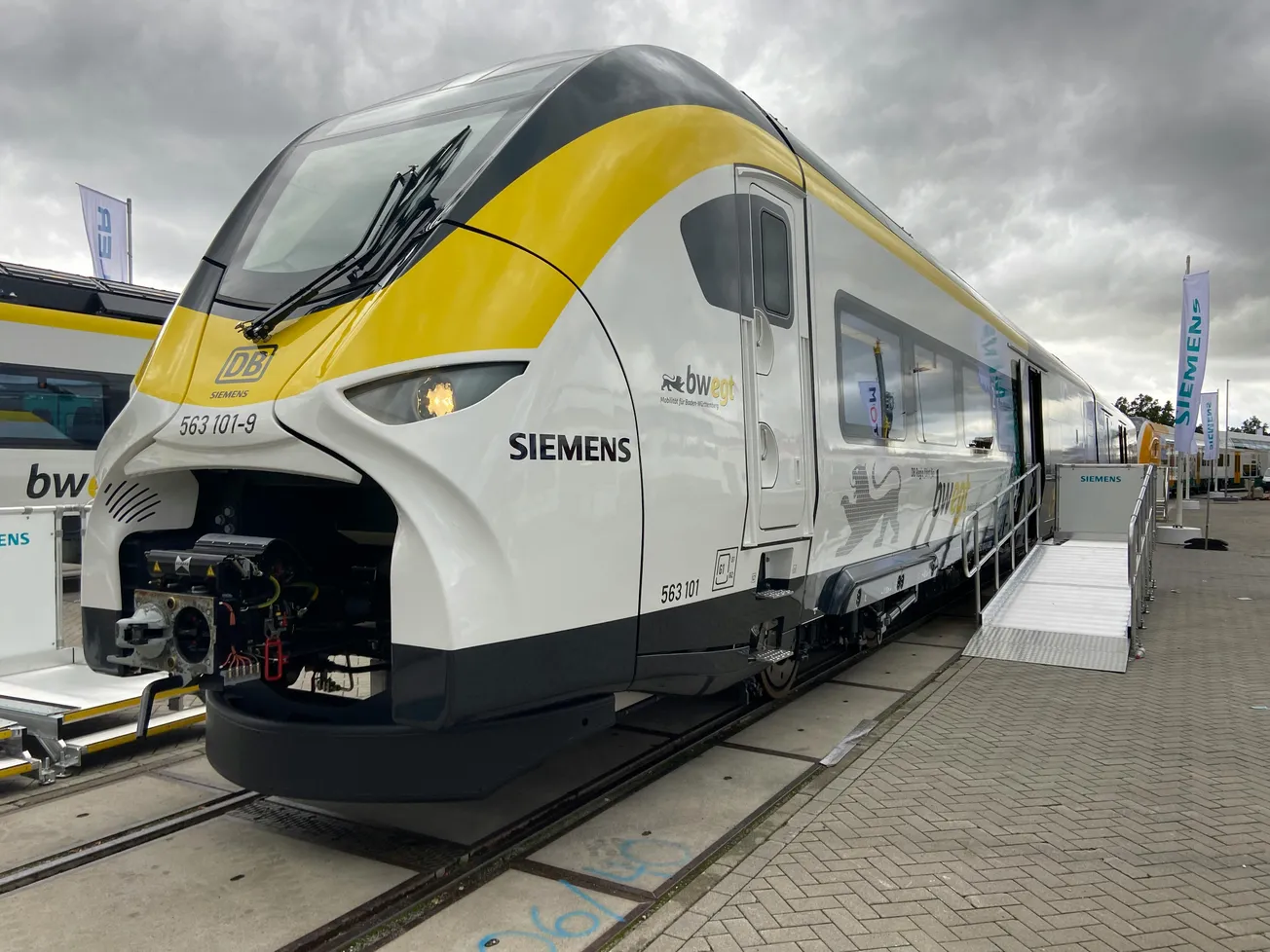Reshaping Supply Chains Under Workforce Pressure
Supply chains across industries continue to face severe labor shortages from not only economic cycles, but also from structural shifts in workforce availability, rising expectations and heightened turnover pressures. In response, many organizations are pivoting toward automation – not as a replacement but as an enabler – to maintain productivity while preserving human contributions and trust.
Beyond Cost Efficiency: Automation as a Strategic Necessity
Traditional supply chains rewarded cost and efficiency, but recent disruptions have amplified the importance of resilience and continuity. Automation helps companies mitigate labor disruptions while reducing risk exposure, and it reframes labor costs within the broader context of overall operational value.
Automation Aligned with Employee Engagement
Industry leaders are learning that successful automation involves human-centric design. To ensure buy-in and morale, businesses are:
- Reassigning workers to more meaningful roles instead of displacing them with machines.
- Investing in tools that enhance worker productivity and enjoyment, like robots at DHL Supply Chain that simplify tasks and lower turnover.
- Rolling out digital solutions for picking, planning and warehouse processes while preserving frontline autonomy and connection to the work.
Automation Adoption: Trends and Strategic Imperatives
- A study by Descartes and SAPIO revealed that 54% of logistics and supply chain leaders are prioritizing automation of repetitive tasks to improve productivity amid workforce shortages.
- Upskilling employees and reskilling investments are now taking precedence over fresh hiring in many organizations. In 2023, only 8% of executives prioritized hiring, with more focusing on retention and automation-enabled productivity.
- Alongside automation, leading firms are also bolstering retention through flexibility, benefits enhancements and cultivating career growth.
Trust as a Competitive Advantage
Automation is now a resilience-building tool as well as a cost-management solution. But its success hinges on employee trust and perception. Companies that pair automation with meaningful work, transparent communication and investment in to worker experience are the ones best positioned to thrive.









